
De Havilland DH 98 Mosquito > National Museum of the US Air Force™ > Display
The de Havilland Mosquito is a British two-engine multi-role combat aircraft used by the Royal Air Force and other Allied air forces during World War II. Of the 7,781 aircraft built, 30 survive today, four of which are airworthy. Eight aircraft are currently [when?] under restoration. Surviving aircraft Surviving aircraft by manufacturer

History of the British De Havilland Mosquito HubPages
17K Share 2.6M views 3 years ago #sciencedocumentary #spark #sparkdocumentary Gaining Altitude: The Mosquito Reborn tells the story of a Mossie through archival footage and interviews with.

CoolPix Avspecs de Havilland Mosquito In The Air Bravo! blog AirPigz
The de Havilland Mosquito PZ474. Texas-based Lewis Air Legends de Havilland Mosquito PZ474, which is one of only four airworthy examples of the type in the world.As previously reported, the Mosquito FB VI was originally constructed at Hatfield in 1945 and was used for RAF training before serving with 75 Squadron in New Zealand as NZ2384.
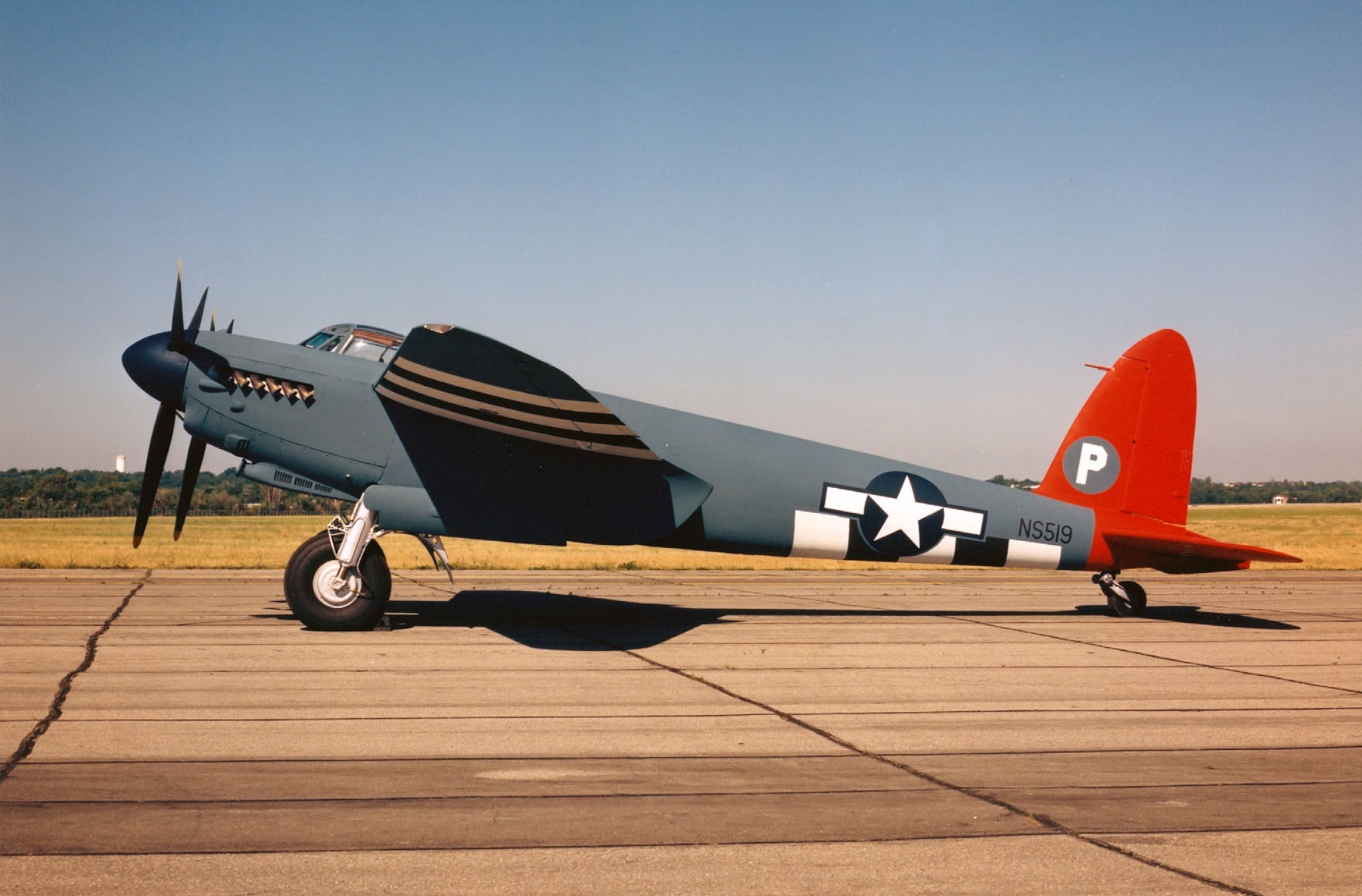
De Havilland DH 98 Mosquito > National Museum of the US Air Force™ > Display
The De Havilland Mosquito was nicknamed the 'Wooden Wonder" due to it's wooden frame construction. It also has quite the history. Here are 10 facts you never knew about the fastest operational aircraft in the world right at the start of World War 2. 1. You can buy your very own De Havilland Mosquito for a cool $7.25 Million
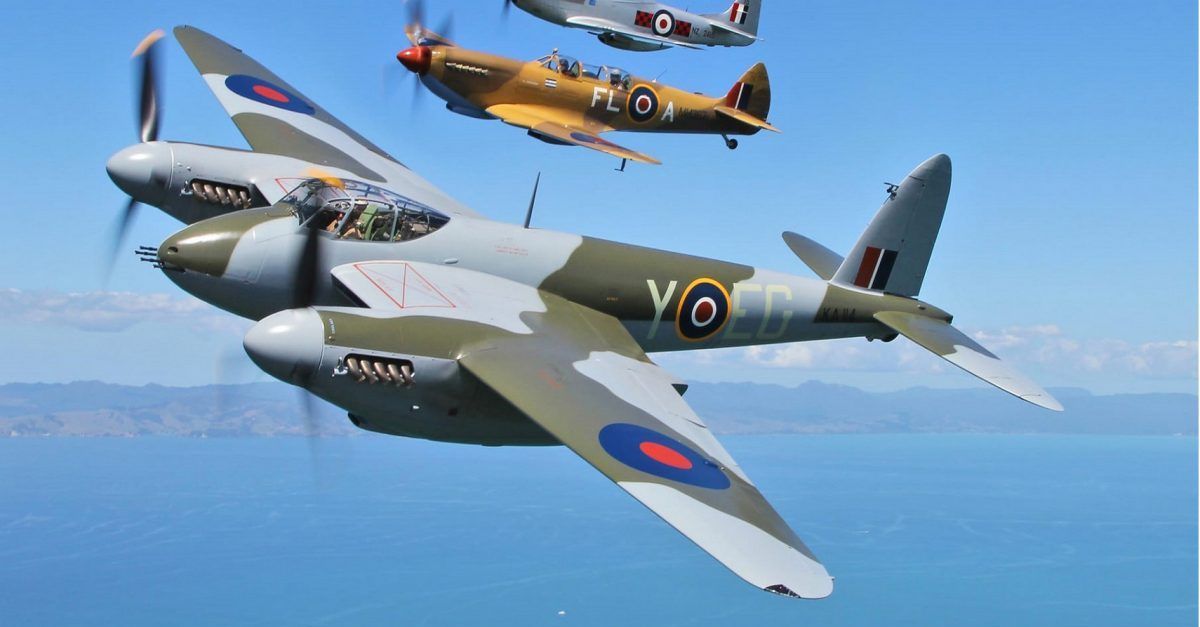
10 Things Everyone About The De Havilland Mosquito
De Havilland Mosquito (Graphic courtesy of ) It is one of the paradoxes of aircraft development that some of the world's greatest aeroplanes have achieved their fame doing jobs other than the one they were originally designed for.

AA32819 De Havilland Mosquito NFII, HJ711, Elvington Aviation Museum, 2013 Diecast Devon Models
First flight: November 15th, 1940 Official introduction: November 15th, 1941 Retired: May 1963 Since there are many variants of the Mosquito, we'll provide the specifications for the most common,.
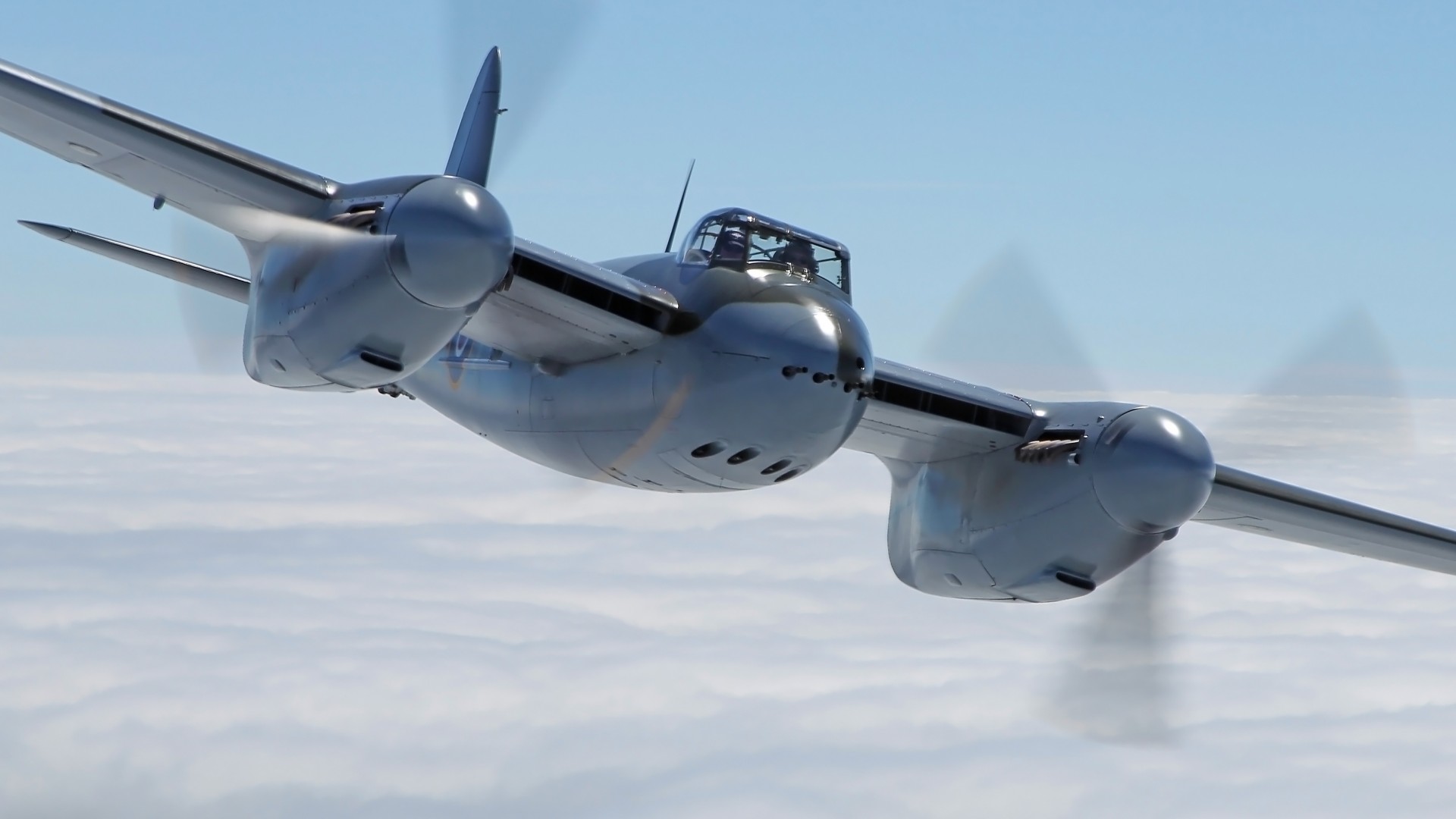
Restore the de Havilland Mosquito Square Mile
The de Havilland Mosquito was a British twin-engine, multirole combat aircraft that served with the Royal Air Force (RAF) and other Allied air forces during the Second World War. It was constructed primarily of wood, earning it the nickname, " Wooden Wonder .". The Mosquito was first introduced in 1941, and the final operational units were.
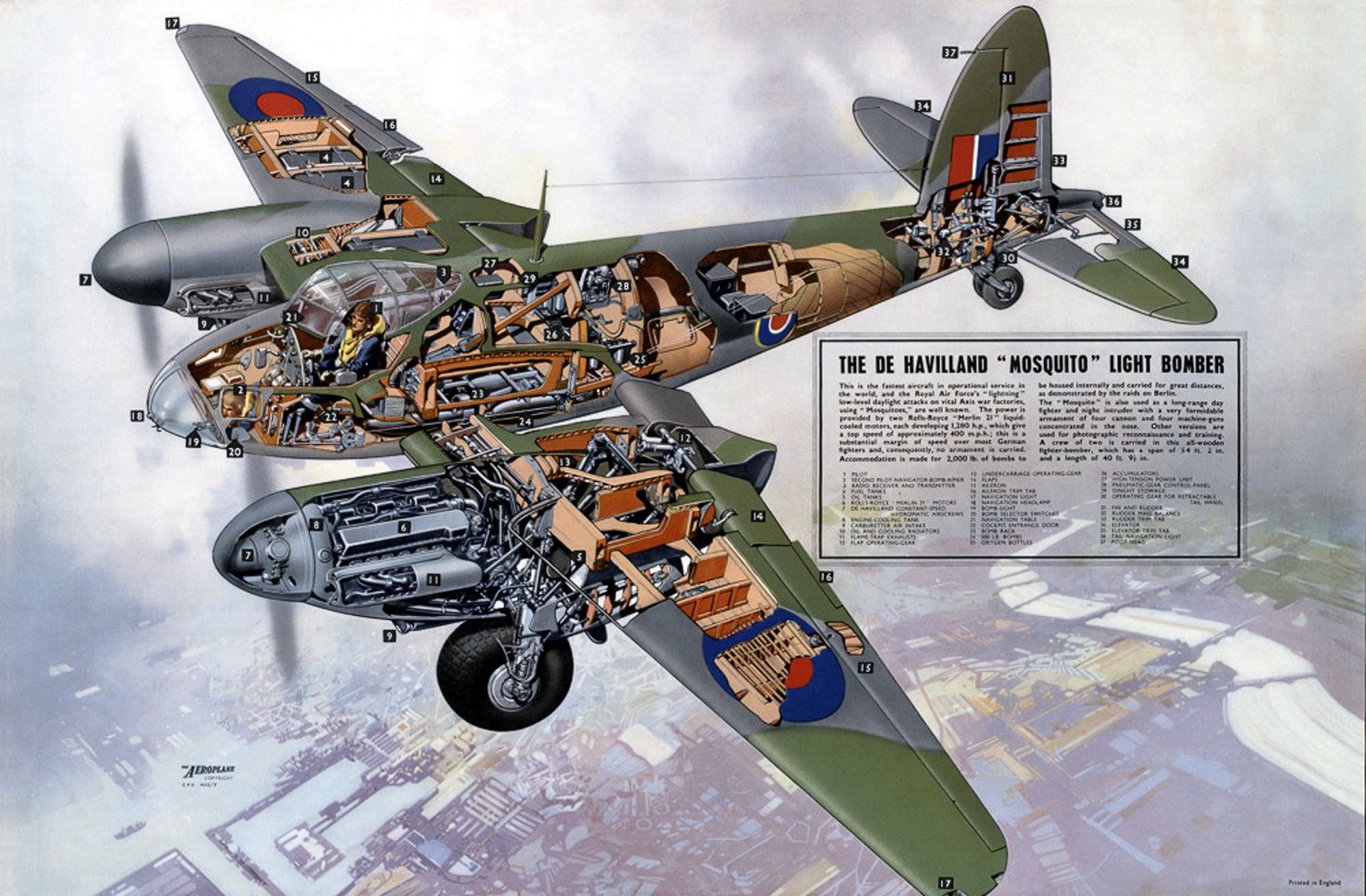
Documentary The Revival Of A De Havilland Mosquito
The story of the development, introduction and deployment of the De Havilland DH98 Mosquito in this official De Havilland documentary.
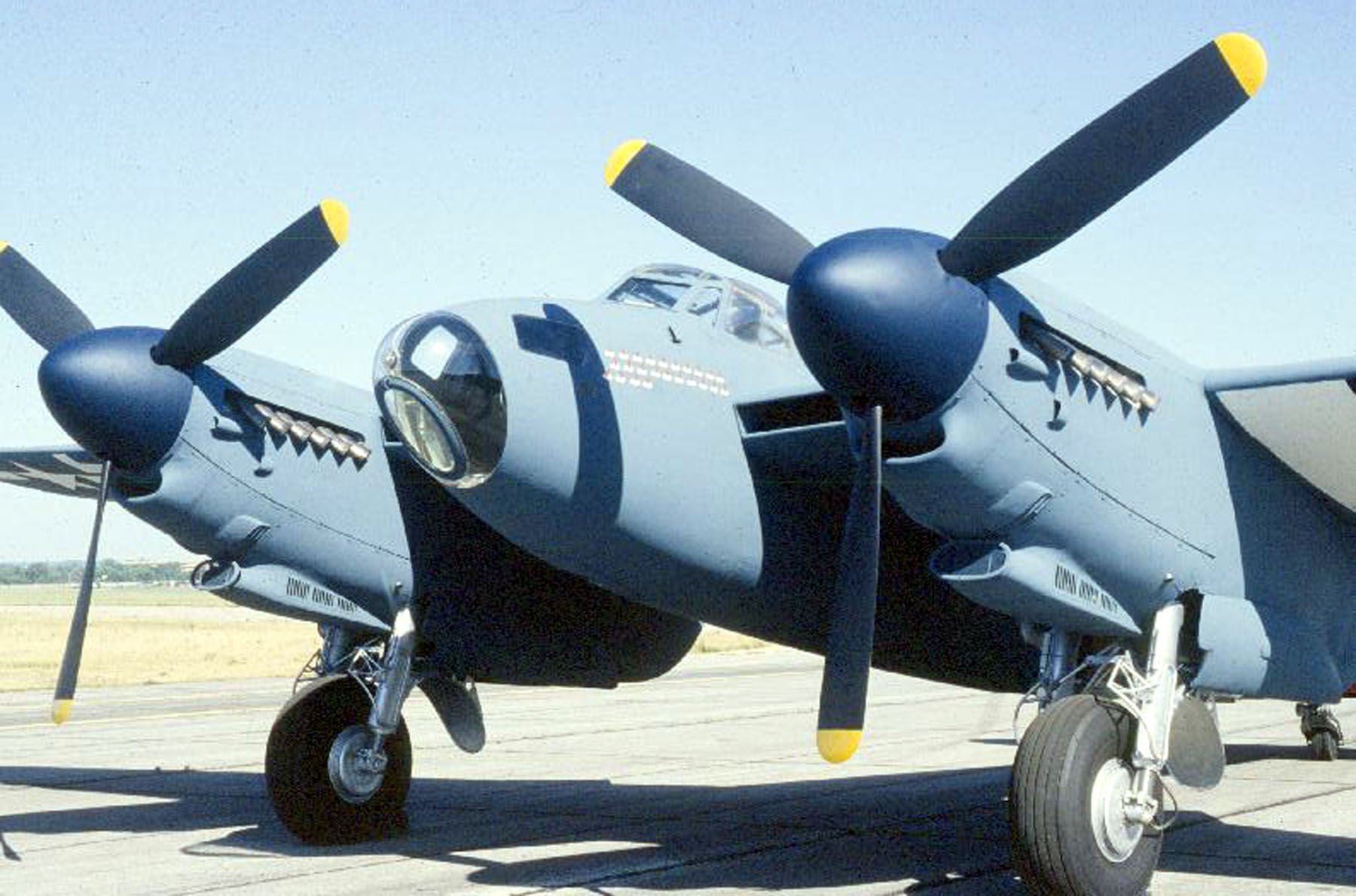
De Havilland DH 98 Mosquito > National Museum of the US Air Force™ > Display
15 Largest Planes Ever Built Why the Merlin engine was essential to the war Imperial War Museums 1.1M views When Sir Geoffrey de Havilland first pitched his idea for a two-seater bomber made of.
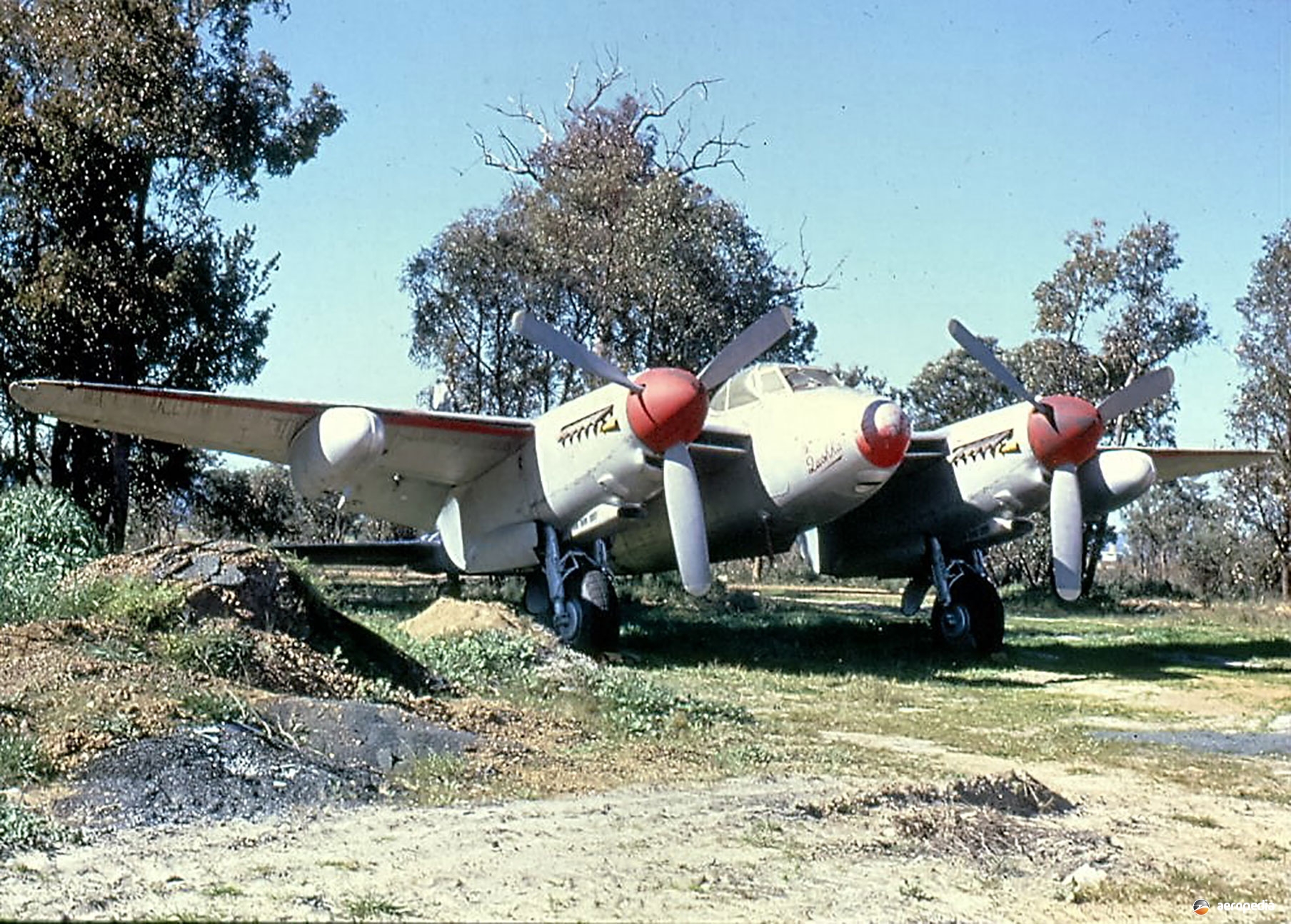
De Havilland Dh.98 Mosquito · The Encyclopedia of Aircraft David C. Eyre
The de Havilland DH.98 Mosquito is a British twin-engined, multirole combat aircraft, introduced during the Second World War. Unusual in that its airframe was constructed mostly of wood, it was nicknamed the "Wooden Wonder", [4] or "Mossie". [5]

Documentary The Revival Of A De Havilland Mosquito
De Havilland Mosquito The fastest fighter-bomber of World War II 'We believe that we could produce a twin-engine bomber which would have a performance so outstanding that little defensive equipment would be needed'. Geoffrey de Havilland - September 1939 De Havilland DH98 Mosquito T.MkIII (RR299 / G-ASKH)

Mosquito Range, Top Speed, Variants, & Specifications Britannica
In 1997, Dave Eaddie, who worked on Mosquito bomber wings for the de Havilland Corporation during the Second World War, came on board and removed a wall in his basement to start building the spar, the spine of the wing. Fast forward to 2002 and Papakura, New Zealand. Glyn Powell had spent 10 years of his life building fuselage moulds for the.
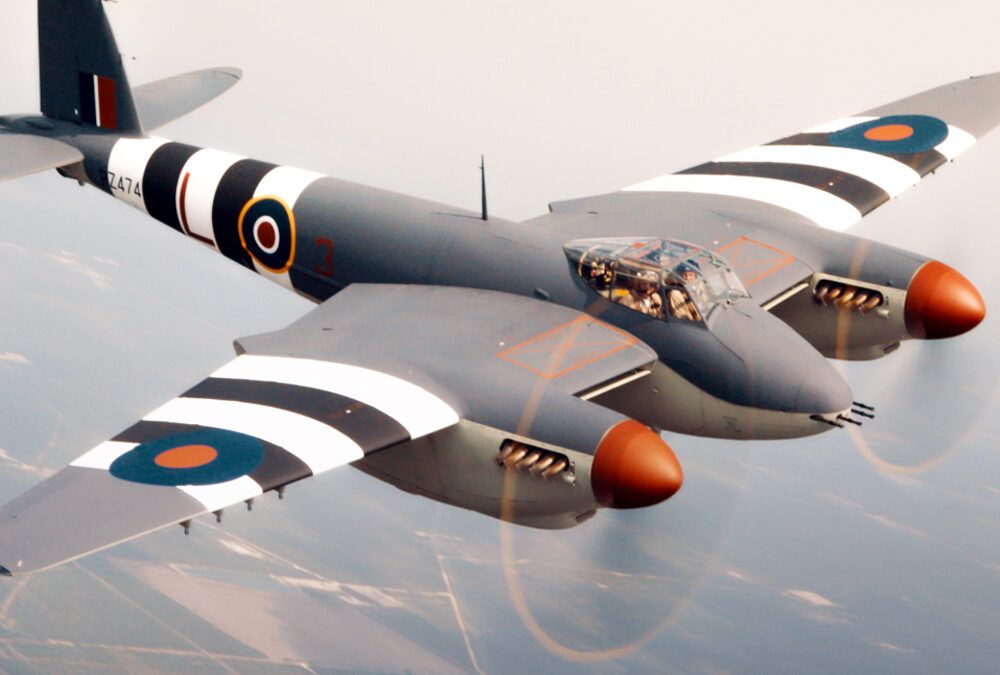
The de Havilland Mosquito EAA Warbirds of America
Published Nov 25, 2022 The Mosquito performed daylight bombing raids over German-occupied Europe. Photo: Alan Wilson via Flickr. Apart from the Spitfire and the Hurricane, if there were ever an aircraft that epitomized the Royal Air Force (RAF) during World War Two, it would have to be the de Havilland Mosquito.
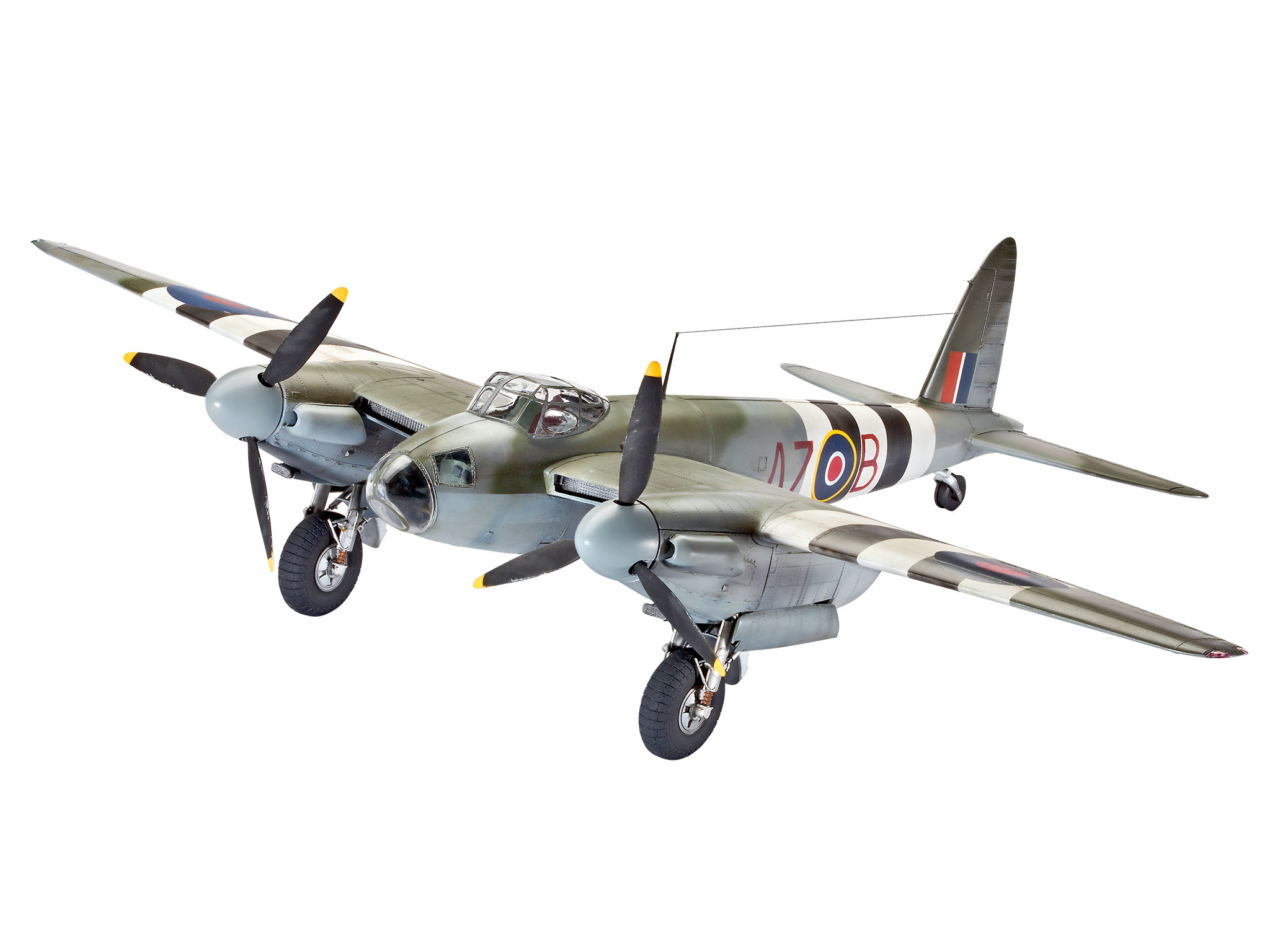
Revell Official website of Revell GmbH De Havilland MOSQUITO MK.IV
The De Havilland DH.98 Mosquito enjoys legendary status. This exemplar of British aeronautical design genius is moulded around its graceful lines, its unmatched performance and unrivalled versatility. Unquestionably, the De Havilland Mosquito's story deserves to be told.
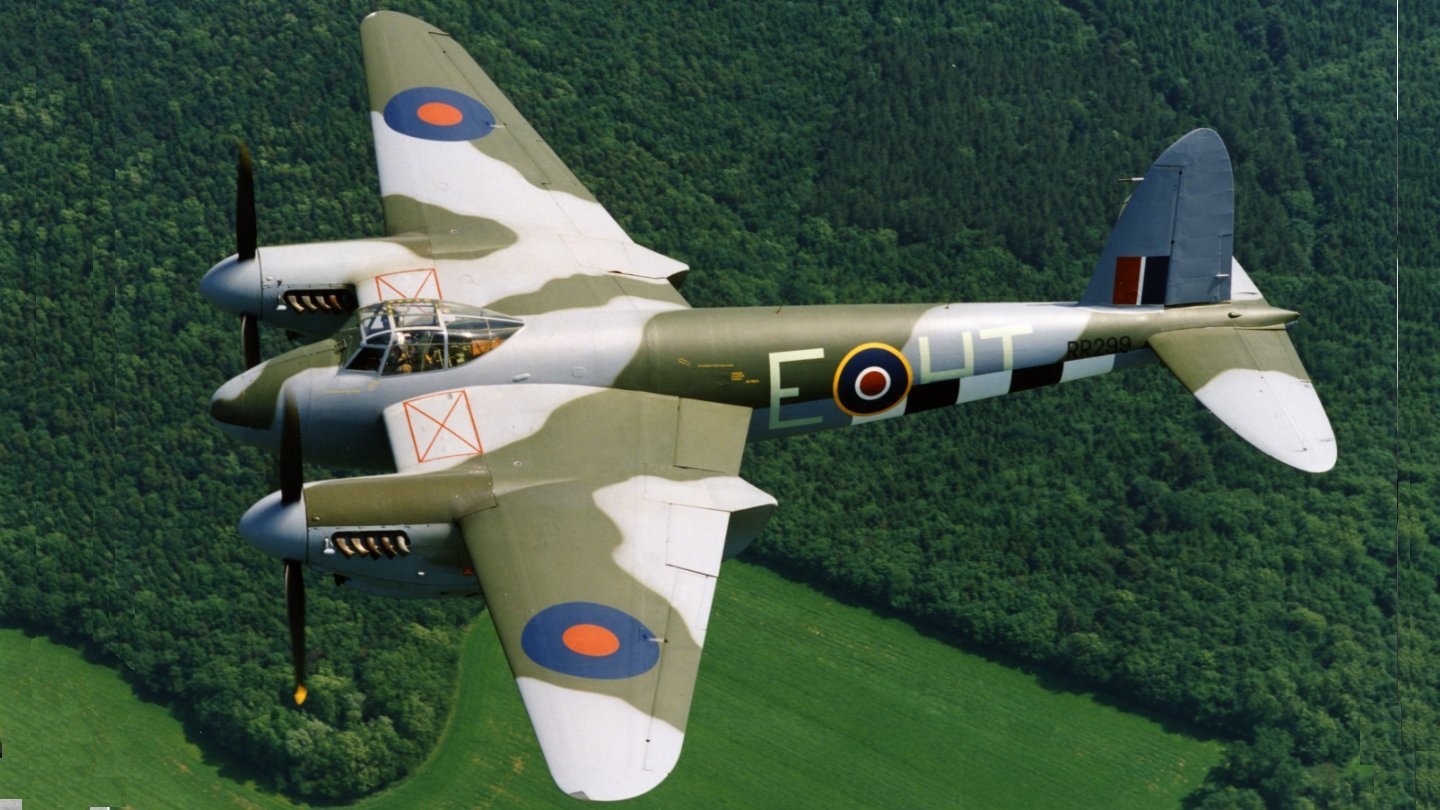
De Havilland Mosquito BAE Systems
The de Havilland Mosquito — the aircraft at the centre of Frederick Forsyth's short story The Shepherd — has often been hailed as the plane that won the Second World War.

De Havilland DH98 Mosquito TT35 Untitled Aviation Photo 2789970
A total of 1134 Mosquitoes were built at Downsview, just north of Toronto, from 1942 to 1945. Canadian-built Mosquitoes were flown in combat in Europe and North Africa by the RCAF, Royal Air Force, and U.S. Army Air Force. Postwar, some Canadian-built Mosquitoes were flown by the Chinese Nationalist Air Force.